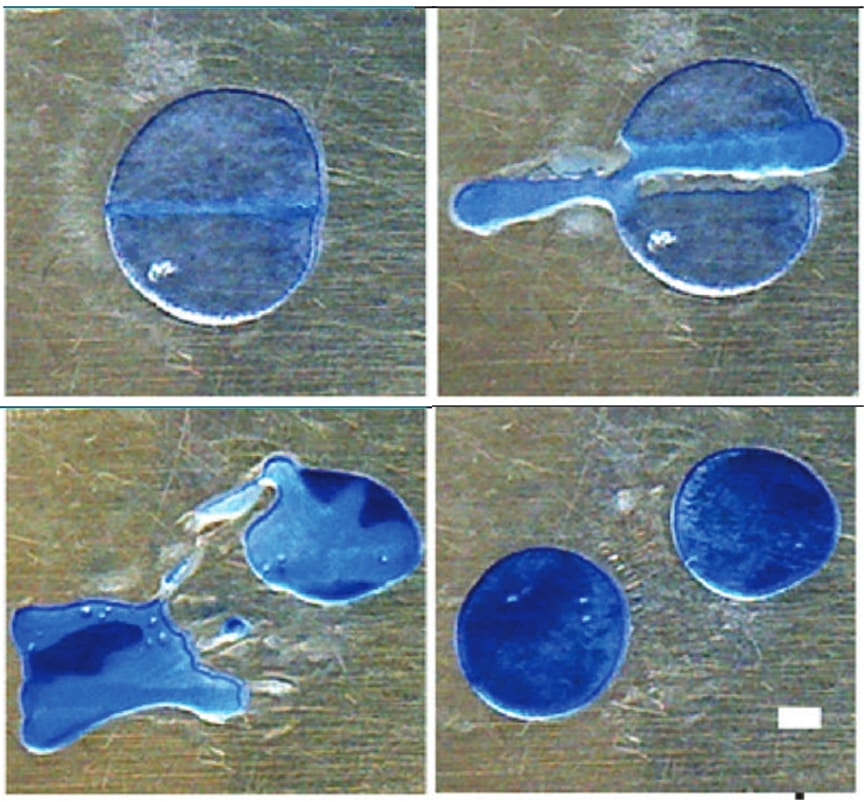Programmable matter that allows free shape transfiguration and locomotion on command promises ubiquitous access to objects or functions of interest, which could be a game-changer. Current approaches for the autonomous reshaping of solid objects (smart materials, soft actuators, modular robotics) are limited in spatial resolution and shape.
Now, researchers at KTH Royal Institute of Technology have developed a method that can manipulate microscale melting and cooling of a wide range of materials, such as plastics and metals, to reorganize their mass and form new shapes on demand. The method could enable programmable matter that can change shape and function according to different needs and situations.
The study conducted by the Division of Micro and Nanosystems at KTH Royal Institute of Technology in Stockholm involved testing paraffin as a material to develop programmable shapeshifting materials that can autonomously change shape in 3D.
Researchers envision that this technology has vast possibilities, such as optimizing the drag of cars and airplanes by constantly adjusting their form or generating seating on demand in meeting rooms.
“This could enable limitless on-the-fly creation of tools and other objects without introducing additional materials,” says Professor Wouter van der Wijngaart, a researcher in the Division of Micro and Nanosystems at KTH Royal Institute of Technology in Stockholm.
Researchers experimented with paraffin and used lasers to melt and shift material, bit by bit so that it moves from one side of the object to another. They were able to achieve a laser-induced shape change that occurred over several cycles of laser pulses and stage tilting.
“Everything is just shifted a few tens of micrometers during each cycle,” van der Wijngaart says. “It can reshape objects to pass through narrow gaps and reconstitute them into any target shape.”

When a hot spot, like a laser, is used to melt a portion of an object, a liquid zone is created within the material. As the hot spot moves within the object, it generates a melting front where the material is heated beyond its melting point and a freezing front where heat loss to the surroundings cools the material below its freezing point.
During this process, most materials experience a decrease in density when melting and an increase when freezing, causing material to flow through the liquid zone from the melting front to the freezing front.
According to van der Wijngaart, the repetition of the phase shift ultimately reshapes the material into any form desired, with greater freedom of shape and spatial resolution than other techniques available today. He also said that integrating the heating mechanism inside actual objects will enable them to shapeshift autonomously.
This breakthrough in material science and engineering could lead to advancements that were once deemed impossible.
